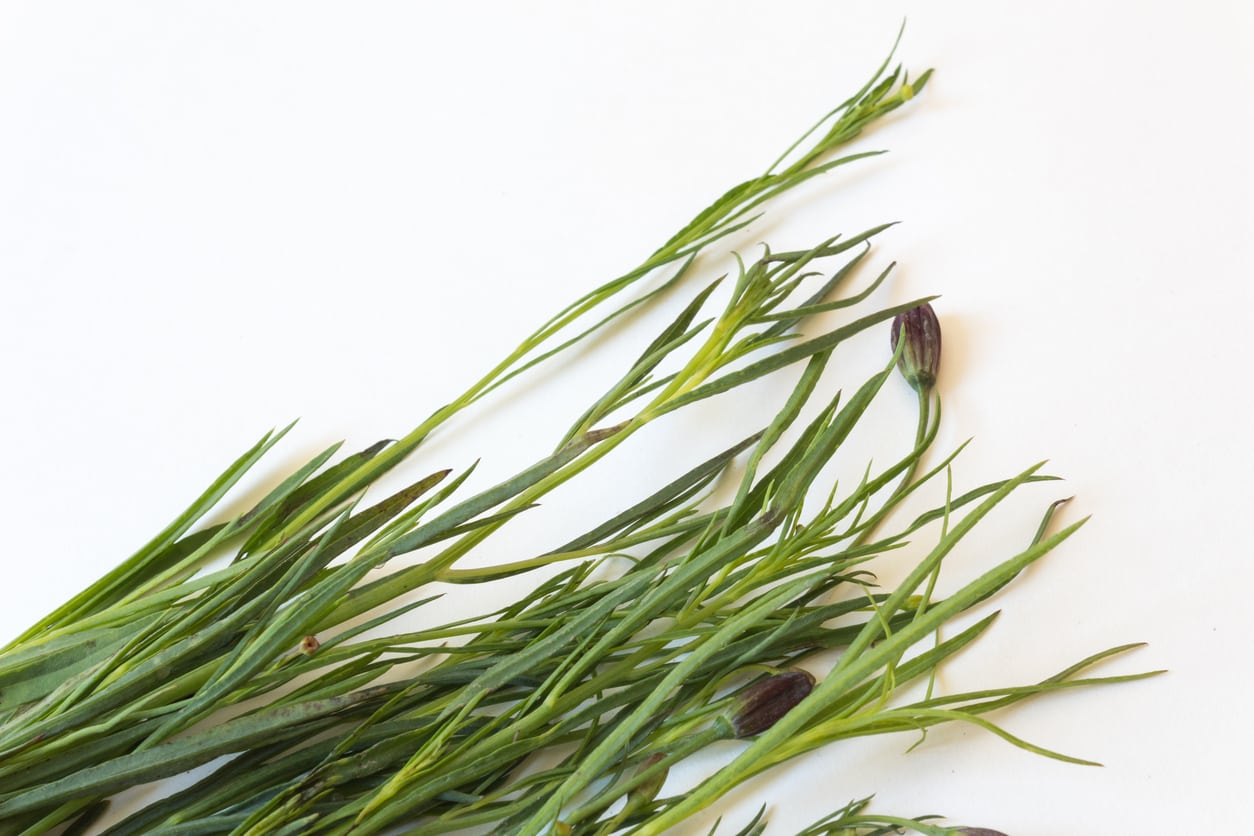
Pipicha, a lesser-known herb, packs a punch in the culinary world. Originating from Mexico, this aromatic plant often surprises with its unique flavor profile. But what exactly makes pipicha special? Pipicha is known for its citrusy and slightly anise-like taste, making it a favorite in traditional Mexican dishes. Its vibrant green leaves not only add a burst of color but also a refreshing twist to recipes. Whether you're a seasoned chef or a curious foodie, learning about pipicha can elevate your cooking game. Ready to dive into the world of this intriguing herb? Let's uncover some fascinating facts about pipicha that will leave you eager to try it in your next meal!
Key Takeaways:
- Pipicha is a unique herb native to Mexico, with a flavor like a mix of cilantro and arugula. It's packed with vitamins and minerals, making it a healthy and tasty addition to any dish.
- Growing pipicha at home is easy and rewarding. It thrives in warm climates, requires well-drained soil, and regular watering. Use it in soups, stews, and sauces for a burst of fresh flavor.
What is Pipicha?
Pipicha, also known as Porophyllum linaria, is a lesser-known herb native to Mexico. It's a staple in Mexican cuisine, particularly in the states of Puebla and Oaxaca. This herb has a unique flavor profile that can be described as a mix between cilantro and arugula.
-
Pipicha is native to Mexico. This herb grows wild in various regions of Mexico, especially in Puebla and Oaxaca. It's often found in local markets and used in traditional dishes.
-
It has a unique flavor. The taste of pipicha is a blend of cilantro and arugula, with a hint of citrus. This makes it a versatile herb for many recipes.
-
Pipicha is used in traditional Mexican dishes. It's commonly added to soups, stews, and sauces. It can also be used as a garnish for tacos and other Mexican street foods.
Nutritional Benefits of Pipicha
Pipicha isn't just flavorful; it also offers several nutritional benefits. This herb is packed with vitamins and minerals that can contribute to a healthy diet.
-
Rich in vitamins. Pipicha contains vitamins A and C, which are essential for maintaining good vision and a strong immune system.
-
Contains minerals. This herb is a good source of calcium and iron. Calcium is vital for bone health, while iron is necessary for producing red blood cells.
-
Low in calories. Pipicha is low in calories, making it an excellent addition to any diet without adding extra weight.
How to Grow Pipicha
Growing pipicha at home can be a rewarding experience. It's relatively easy to cultivate, even for beginners.
-
Grows well in warm climates. Pipicha thrives in warm, sunny environments. It's best planted in the spring after the last frost.
-
Requires well-drained soil. This herb prefers well-drained soil with a neutral pH. Adding compost can improve soil quality.
-
Needs regular watering. While pipicha is drought-tolerant, regular watering helps it grow lush and healthy. Be careful not to overwater, as this can lead to root rot.
Culinary Uses of Pipicha
Pipicha's unique flavor makes it a favorite in many kitchens. Here are some ways to incorporate it into your cooking.
-
Perfect for soups and stews. Adding pipicha to soups and stews enhances their flavor with its unique taste.
-
Great as a garnish. Sprinkle fresh pipicha leaves on tacos, salads, or grilled meats for an extra burst of flavor.
-
Can be used in sauces. Blend pipicha into sauces for a fresh, herbal note that complements many dishes.
Interesting Facts About Pipicha
Pipicha has some fascinating aspects that make it stand out among other herbs.
-
Used in traditional medicine. In Mexico, pipicha is sometimes used in traditional medicine to treat digestive issues and other ailments.
-
Has a long history. Pipicha has been used for centuries in Mexican cuisine and culture. Its use dates back to pre-Hispanic times.
-
Grows quickly. Pipicha can grow rapidly under the right conditions, making it a great choice for home gardeners looking for quick results.
Final Thoughts on Pipicha
Pipicha, a lesser-known herb, packs a punch in both flavor and nutrition. Its distinctive taste makes it a favorite in Mexican cuisine, adding a unique twist to dishes. Beyond its culinary uses, pipicha offers health benefits like aiding digestion and providing essential vitamins. Growing pipicha at home is quite simple, making it accessible for anyone wanting to experiment with new flavors. Whether you're a seasoned cook or a curious foodie, incorporating pipicha into your meals can elevate your cooking game. Remember, trying new ingredients not only broadens your palate but also enriches your culinary skills. So next time you're at a market or planning your garden, consider giving pipicha a spot. You might just find a new favorite herb.
Frequently Asked Questions
Was this page helpful?
Our commitment to delivering trustworthy and engaging content is at the heart of what we do. Each fact on our site is contributed by real users like you, bringing a wealth of diverse insights and information. To ensure the highest standards of accuracy and reliability, our dedicated editors meticulously review each submission. This process guarantees that the facts we share are not only fascinating but also credible. Trust in our commitment to quality and authenticity as you explore and learn with us.


